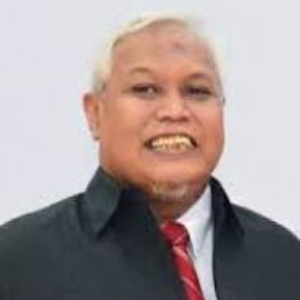Title : Fish sperm cryopreservation as the promising solution to the aquaculture production in the future
Abstract:
Domesticated of fish widely distributed in Southeast Asia. The populations of fish in the wild has been decreasing due to the spawning difficulties and overfishing. Another factors like water pollution, and habitat degradation, are also threatening the fish populations. Therefore, the fish supply has been swift from wild population to aquaculture productions to meet the market demand. As the bioecology of the fish in general has been well documented, along with the successfully developed breeding technologies, the aquaculture productions are playing a key role in many emerging economies. Spawning difficulties appeared due to the asynchronous gonad maturation of the fish. Therefore, sperm cryopreservation is one of the potential solutions to overcome the asynchronous gonad maturation. Cryopreservation is a cell-storage technique that maintains very low temperatures to maintain cell structure over a long period of time. The fish sperm of many species have been cryopreserved successfully. Cryoprotectant is a successful substance plays a vital role in preserving spermatozoa or cryopreservation of fish sperm from cold and heat shocks. Cryoprotectant consists of two types based on the ability of penetrating the cell membrane: intracellular (permeating) and extracellular (non-permeating) and combining both types of cryoprotectant. In this paper we reported the effect of intracellular and extracellular croprotectant on the sperm quality after storage in a certain period of time. This method might overcome the aquaculture production in the future



